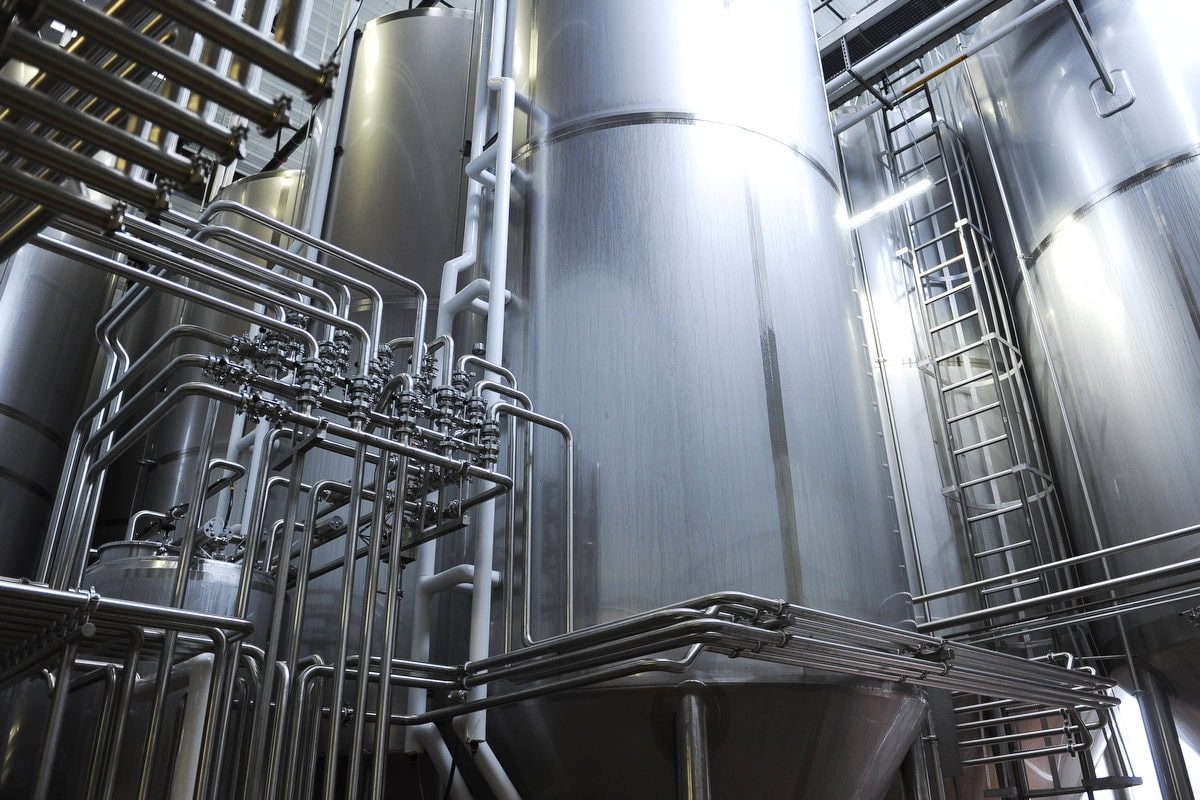
Does Stainless Steel Affect The Taste of Beer?
Beer, a timeless libation cherished by cultures around the world, embodies a rich tapestry of flavors and aromas that captivate the senses. Behind every sip lies a meticulous process of brewing, where ingredients, techniques, and equipment converge to create liquid artistry. Among the myriad factors influencing beer’s character, the material of the vessels in which it is brewed, stored, and served holds a prominent place of inquiry.
In this exploration, we delve into a perennial question that has intrigued brewers and connoisseurs alike: Does stainless steel affect the taste of beer? As a cornerstone of modern brewing technology, stainless steel boasts durability, cleanliness, and resistance to corrosion. Yet, amidst its practical virtues, whispers persist about its potential impact on the delicate nuances of beer flavor. Let us embark on a journey to uncover the complexities of this fascinating intersection of science, art, and sensory perception.
Complete Guide
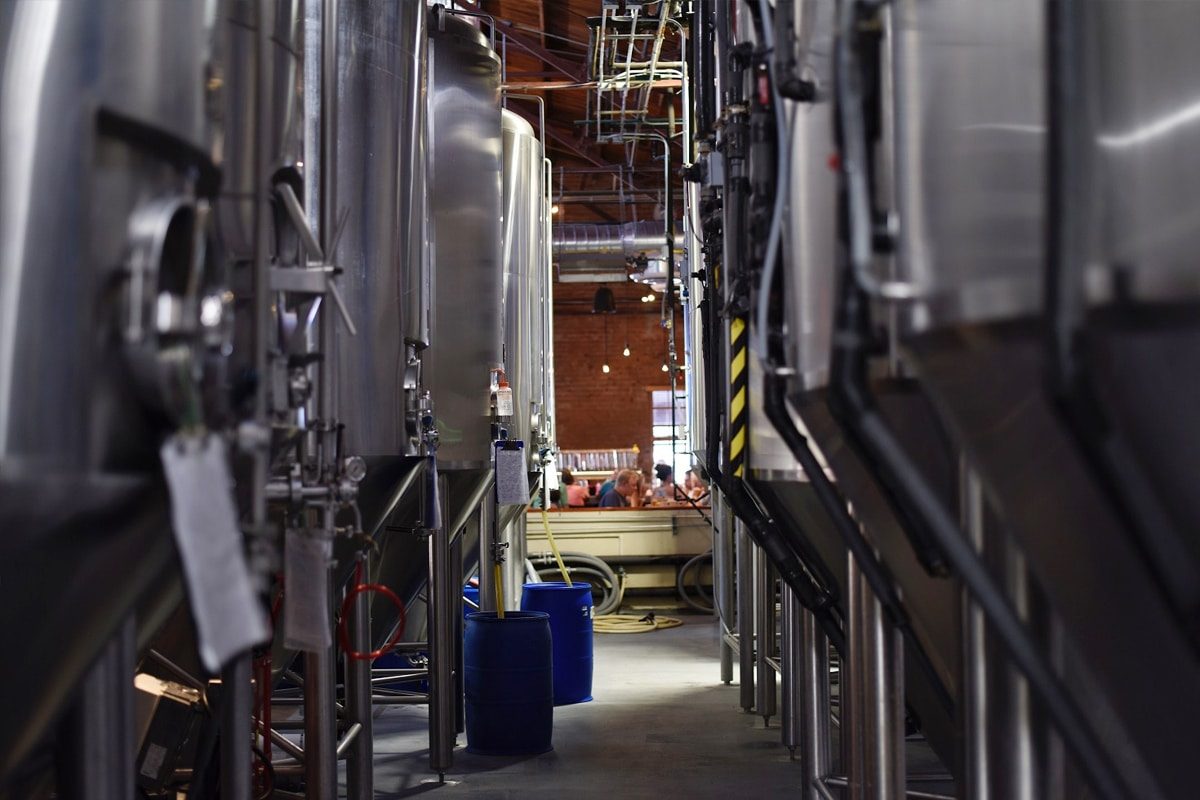
Learn about stainless steel in brewing
Stainless steel is an important material in the modern brewing industry, playing a multifaceted role in shaping the quality and integrity of beer. Its popularity among brewers stems from the combination of desirable characteristics that help produce high-quality beer.
Inertia
Central to stainless steel’s appeal is its inertness, which ensures minimal interference with beer flavor and aroma. Unlike some metals that can create unpleasant flavors or react chemically with beer ingredients, stainless steel remains neutral at all times. This inertness allows brewers to demonstrate the intended characteristics of their beer without having to worry about unexpected flavor changes. Whether used in fermenters, storage vessels, or service equipment, stainless steel provides a reliable foundation for maintaining the purity and integrity of your beer throughout the brewing process.
Health
In addition to being inert, stainless steel offers excellent hygienic properties, which play a vital role in brewing environments. Stainless steel’s smooth, non-porous surface makes it inherently resistant to bacterial growth and is easy to clean and disinfect, as strict cleaning standards help prevent contamination and ensure product consistency. By minimizing the risk of microbial contamination and off-flavors, stainless steel helps brewers maintain the highest quality and purity standards in beer production.
Durability
The durability of stainless steel is another sign of its suitability for brewing applications. Stainless steel equipment resists corrosion, rust, and wear and can withstand the rigors of the brewing process without compromising its structural integrity. From harsh fermentation conditions to the stresses of storage and shipping, stainless steel vessels and equipment provide long life and reliability, helping to make brewing operations more efficient and successful. Brewers can rely on stainless steel to withstand the test of time, ensuring consistent performance and minimal maintenance requirements throughout the life of the equipment.
Keep fresh
Maintaining beer freshness and stability helps deliver a high-quality product to consumers. Stainless steel excels in this regard because its impermeable surface effectively blocks oxygen and light. By minimizing contact with these potential contaminants, stainless steel containers help preserve the freshness, flavor, and carbonation of your beer over the long term. Whether the beer is stored in fermenters, conditioned in bright tanks, or dispensed from kegs, stainless steel ensures that the beer maintains its intended characteristics from brewery to glass. This maintenance of freshness can help maintain consumer satisfaction and loyalty as well as protect the brewery’s reputation.
Stainless steel is the cornerstone of modern brewing practice, offering inertness, hygiene, durability, and preservation that no other material can match. From its role in fermentation and conditioning to its role in serving and dispensing equipment, stainless steel adheres to the highest quality and purity standards in beer production. As brewers continue to innovate and refine their processes, stainless steel remains a vital ally in the pursuit of brewing excellence.
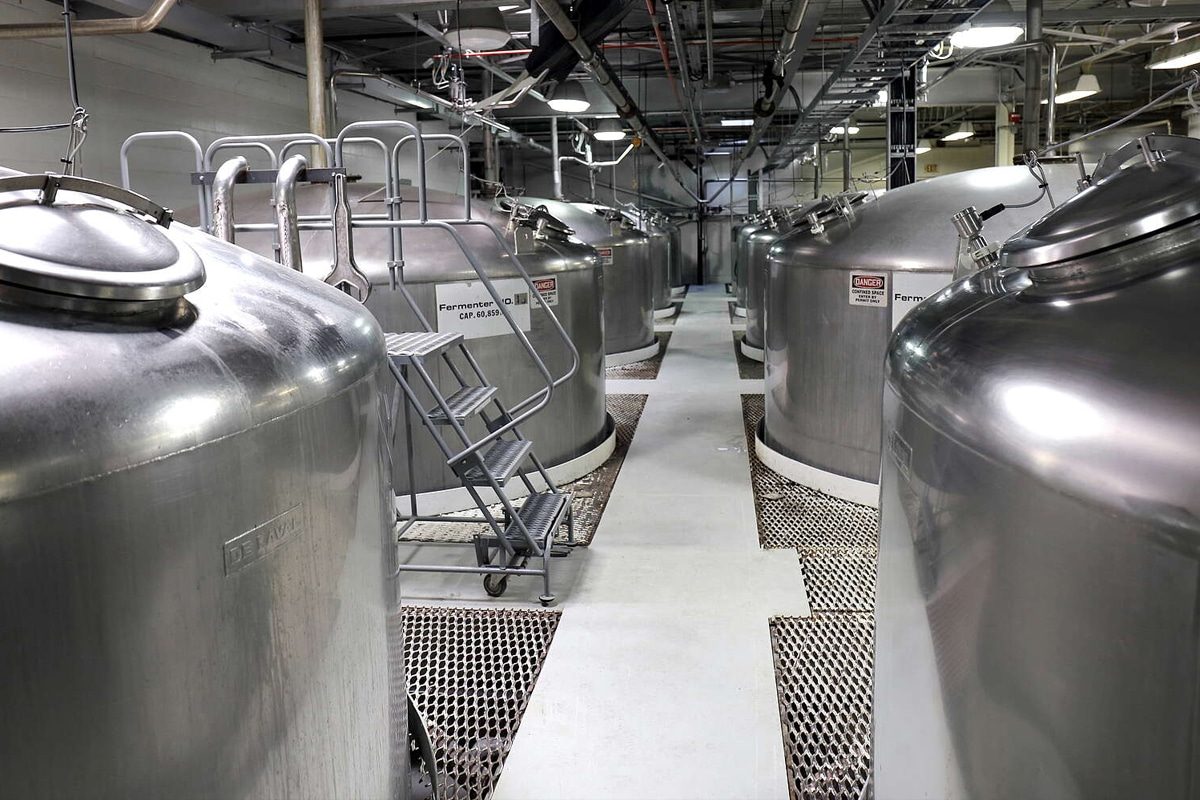
The science behind flavor interactions
To understand the relationship between stainless steel and beer flavor, it is necessary to delve into the basic scientific principles that govern their interaction. Several factors contribute to stainless steel’s potential impact on beer taste, including chemical interactions, oxidation, surface contamination, and temperature stability.
Chemical interaction
While stainless steel is praised for its inertness, the potential for chemical interactions between beer and metal surfaces cannot be completely ignored. Under certain conditions, such as prolonged contact or extreme pH or temperature, trace amounts of metal ions may leach from stainless steel into the beer. Although these levels are typically small and below sensory detection thresholds, they could theoretically result in subtle changes in flavor or aroma. However, strict quality control measures and the use of food-grade stainless steel alloys reduce the risk of significant chemical interactions, ensuring the integrity of the beer’s flavor.
Oxidation
Oxidation, the process in which oxygen reacts with beer compounds, can profoundly affect flavor stability and quality. The impermeability of stainless steel helps reduce the risk of oxygen ingress, thereby minimizing the potential for oxidation reactions that can lead to odors or stale aromas. By providing a protective barrier against oxygen exposure, stainless steel containers help preserve the freshness and stability of beer over the long term, ensuring its flavor remains consistent with the brewer’s intent.
Surface contamination
Cleaning stainless steel surfaces prevents contamination that can damage the flavor of your beer. While stainless steel is inherently resistant to bacterial growth and contamination, surface imperfections or residue left during the manufacturing or cleaning process may contain microorganisms or foreign matter that may impart off-flavors or aromas to the beer. Strict cleaning and sanitation protocols, coupled with regular maintenance of brewing equipment, are critical to ensuring the purity and integrity of your beer throughout the brewing process.
Temperature stability
Temperature fluctuations can affect the behavior of stainless steel and its interaction with beer. Extreme temperatures can cause the metal to thermally expand or contract, potentially changing its surface properties and affecting flavor perception. Additionally, temperature fluctuations can affect the rate of chemical reactions within the beer, causing changes in flavor development or stability over time. When using stainless steel equipment, maintaining consistent temperature control throughout the brewing and storage process helps minimize the potential impact of temperature changes on beer flavor.
The science behind the flavor interaction between stainless steel and beer encompasses a complex interplay of chemical, physical, and environmental factors. While stainless steel’s inertness and durability make it the material of choice for brewing equipment, careful attention must be paid to factors such as surface cleanliness, temperature control, and oxidation protection to ensure the preservation of beer flavor and quality. By understanding the nuances of these interactions, brewers can harness the benefits of stainless steel while maintaining the integrity of their processes and delivering unique-tasting beers to consumers.
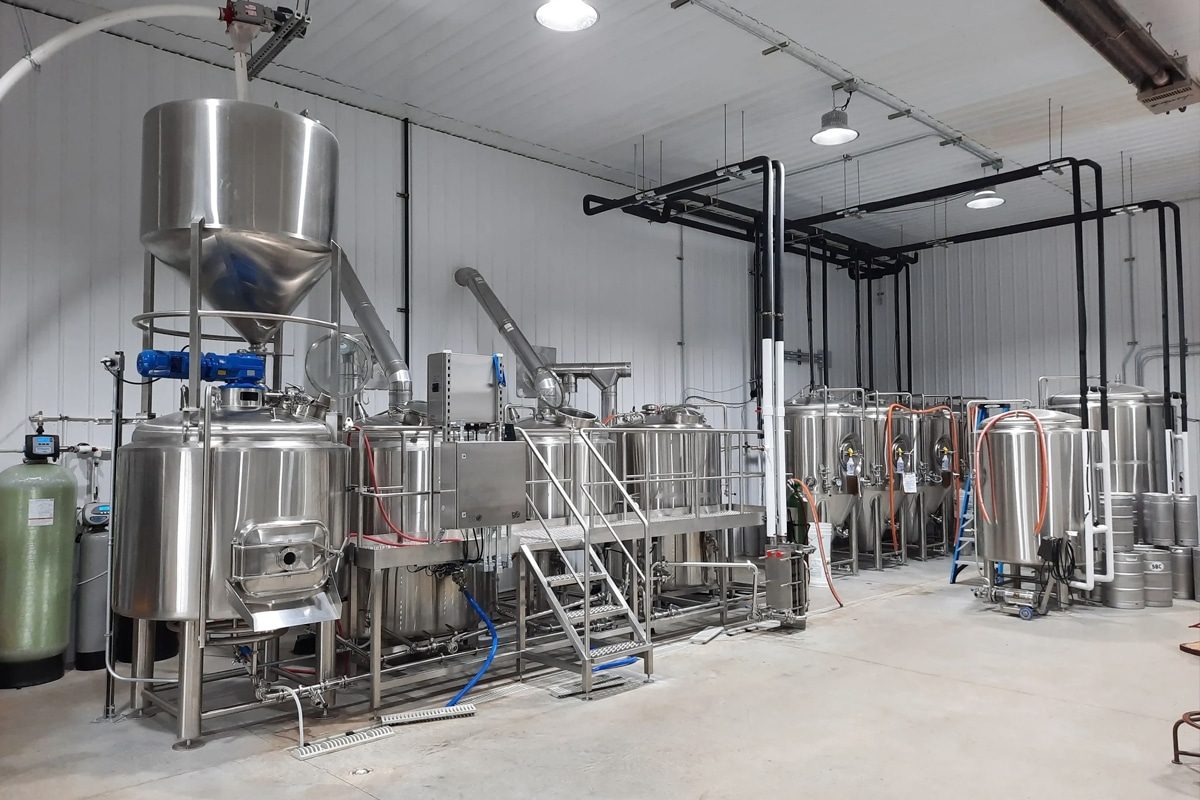
Historical Perspective on Brewing Vessels
Throughout the rich history of beer brewing, a variety of materials have been used to create the vessels in which beer is fermented, stored, and served. Each material brings its own unique characteristics and impact to the brewing process, shaping the beer’s flavor, aroma, and overall drinking experience. Let’s explore a historical perspective on winemaking vessels and their significance in the evolution of winemaking traditions:
Earthenware and Clay
Pottery and clay vessels represent some of the earliest known brewing vessels, dating back thousands of years to ancient civilizations such as Mesopotamia, Egypt, and China. These porous materials provide a natural environment for fermentation, allowing gas exchange while regulating temperature and humidity. Clay amphora and pots are prized for their insulating properties and their ability to impart earthy and mineral flavors to beer. Although pottery was popular in ancient brewing practices, its use has declined in modern times, replaced by materials with greater durability and better control over fermentation conditions.
Wooden Barrels
Wooden barrels have long been synonymous with traditional brewing techniques, especially in regions with rich brewing traditions such as Belgium, Germany, and the United Kingdom. Oak, in particular, is prized for its unique properties, imparting flavors of vanilla, spice, and tannins to beer as it ages. In addition, the micro-oxidation provided by the barrel facilitates gradual maturation and oxidation, resulting in a smoother, rounder flavor. While once ubiquitous in brewing, barrels are no longer common in commercial operations but remain an integral part of traditional styles of beer such as lambics and barrel-aged beers.
Metal Vessels
The advent of metalworking revolutionized brewing vessels, with materials such as copper and later stainless steel gaining increasing prominence. Copper vessels are valued for their excellent thermal conductivity and antimicrobial properties, which help produce clean, balanced beer. However, the expense and maintenance required of copper vessels have led to the widespread adoption of stainless steel in modern brewing. Stainless steel’s inertness, durability, and ease of cleaning make it an ideal choice for fermenters, storage vessels, and service equipment in commercial breweries around the world.
Glass
Glass containers are favored in beer packaging and serving fields due to their transparent and inert properties. From bottles and growlers to pint glasses and tulip glasses, glassware plays a vital role in presenting beer to consumers in its most visually appealing and aromatic form. The glass container showcases the clarity, color, and effervescence of the beer, allowing drinkers to appreciate the appearance and aroma of the beer before taking a sip. In addition, the impermeability of the glass ensures that the beer’s flavor is not affected by external influences, maintaining its freshness and purity.
Ceramic
Ceramic vessels, including stoneware pitchers, beer glasses, and mugs, have a long history of use in the serving and consumption of beer. The dense and insulating properties of ceramic help maintain the temperature of your beer, keeping it cool and refreshing for longer. Additionally, the rustic texture and rustic charm of the ceramic vessels add to the sensory experience of enjoying beer, evoking a sense of tradition and craftsmanship. While ceramic vessels are less common in commercial beer brewing, they remain popular among homebrewers and enthusiasts looking for a nostalgic and authentic beer-drinking experience.
The choice of brewing vessels has evolved over the centuries, reflecting cultural traditions, technological advancements, and aesthetic preferences. From ancient clay pots to modern stainless steel tanks, each material has made a unique contribution to the art and science of brewing, shaping the diverse landscape of beer styles and flavors enjoyed by beer lovers around the world. As brewers continue to innovate and experiment with new materials and technologies, the legacy of brewing vessels remains an integral part of beer’s rich and storied history.
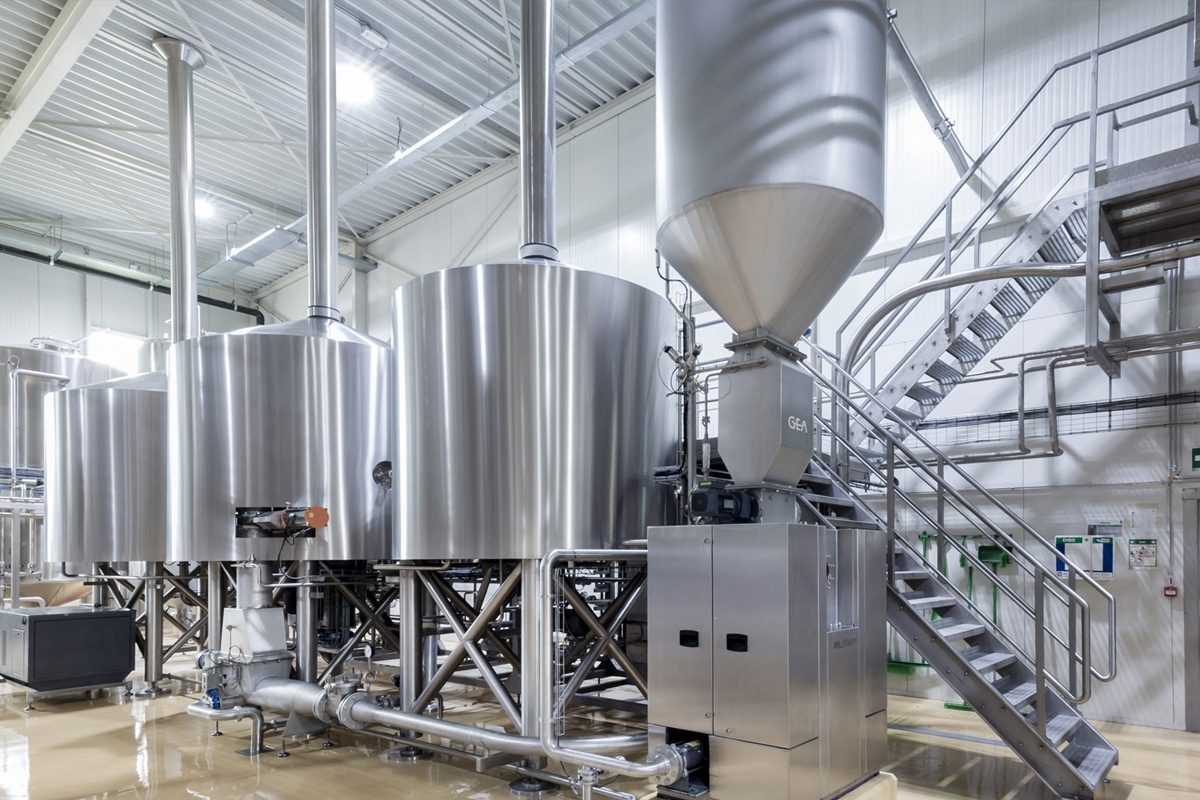
Scientific research on the impact of flavor
To uncover the truth behind the potential impact of stainless steel on beer flavor, researchers conducted numerous scientific studies using different methods to investigate this interesting phenomenon. These studies spanned a range of methods, including chemical analysis, sensory evaluation, long-term aging studies, and comparative brewing trials, revealing the complexity of flavor interactions between stainless steel and beer.
Chemical analysis
Chemical analysis techniques such as gas chromatography-mass spectrometry (GC-MS) and atomic absorption spectroscopy (AAS) help detect trace compounds in beer that may originate from stainless steel surfaces. By analyzing the composition of beer samples stored or fermented in stainless steel vessels, researchers can identify any potential interactions between beer and metal surfaces. While these studies indicate the presence of trace amounts of metal ions or organic compounds, their levels are typically below sensory detection thresholds, suggesting minimal impact on beer flavor.
Sensory evaluation
Sensory evaluation through blind tasting sessions with trained panelists provided valuable insights into the apparent impact of stainless steel on beer flavor. Participants will receive samples of beer stored or fermented in stainless steel containers as well as samples of beer stored in alternative materials. Through rigorous sensory analysis, tasters evaluate the aroma, flavor, mouthfeel, and overall quality of each sample to determine whether there are significant differences. In most cases, sensory evaluation failed to identify significant flavor differences between beers stored in stainless steel and those stored in other materials, again confirming the neutrality of stainless steel’s impact on flavor.
Long-term aging studies
Long-term aging studies involve storing beer in stainless steel vessels for long periods to evaluate changes in flavor or quality over time. These studies were designed to evaluate the stability and shelf life of beer when stored in stainless steel and to investigate the potential for flavor development or degradation. Despite prolonged exposure to stainless steel, beer aged in these vessels exhibits remarkable stability and consistency, with flavor profiles remaining largely unchanged over an extended time. This resilience emphasizes the effectiveness of stainless steel in maintaining freshness and integrity throughout the life of the beer.
Comparative Brewing Trial
Comparative brewing trials involve side-by-side brewing experiments to compare the impact of stainless steel on other materials on beer flavor. Breweries produce the same batches of beer, changing only the container materials used for fermentation or storage. Through blind tasting and analytical testing, researchers evaluated the apparent differences in flavor, aroma, and overall quality between stainless steel beers and beers brewed with alternative materials. In many cases, beers brewed and fermented in stainless steel vessels have been found to exhibit comparable flavor profiles to beers brewed with other materials, further proving that stainless steel has minimal impact on beer taste.
Scientific studies investigating the impact of stainless steel on beer flavor have produced consistent findings supporting its neutrality and inertness in affecting flavor perception. Numerous studies, ranging from chemical analysis to sensory evaluations and long-term aging studies, have shown that stainless steel has minimal to negligible impact on beer flavor. As a result, brewers can confidently rely on stainless steel as a reliable and practical material to maintain the quality and consistency of their brews, ensuring that the flavors of their brews are faithfully preserved from brewery to glass.

Practical considerations for brewers
As brewers navigate the complexities of brewing great beer, brewing vessel material selection and implementation of best practices play a vital role in helping to ensure flavor integrity and overall product quality are maintained. Here are a few practical considerations for breweries to optimize their brewing processes and minimize the potential impact of stainless steel on beer taste:
Material selection
The choice of brewing vessel material is a fundamental decision that can profoundly affect the flavor and quality of your beer. While stainless steel is favored for its inertness, durability, and ease of maintenance, brewers should carefully evaluate alternative materials based on their specific brewing goals and preferences. Factors such as cost, aesthetics, and cultural traditions may also influence material selection, with options ranging from traditional wooden barrels to modern plastic fermenters.
Hygiene habits
Maintaining impeccable hygiene helps preserve beer flavor and prevent odors or contamination. Stainless steel’s smooth, non-porous surface makes it easy to clean and sanitize, minimizing the risk of bacterial growth or flavor spoilage. Brewers must adhere to strict cleaning protocols and use food-grade cleaners and sanitizers to ensure the purity and integrity of their brewing equipment.
Oxygen management
Controlling oxygen exposure throughout the brewing process helps maintain beer freshness and flavor stability. The impermeability of stainless steel provides an effective barrier against the ingress of oxygen, minimizing the risk of oxidation reactions that can cause odors or stale aromas. Brewers should take steps such as purging containers with inert gas and minimizing contact with atmospheric oxygen during transportation and packaging to maintain optimal flavor quality.
Temperature control
Maintaining precise temperature control throughout the brewing process can help achieve desired flavor profiles and fermentation results. Stainless steel vessels offer excellent thermal conductivity and stability, allowing brewers to precisely regulate temperature fluctuations. By monitoring and controlling temperature parameters during mashing, fermentation, and conditioning, brewers can optimize yeast activity and enzymatic reactions, enhancing flavor development and complexity in the final beer.
Quality assurance
Implementing strong quality assurance measures ensures consistency and excellence in beer production. Brewers should regularly conduct sensory evaluations, chemical analyses, and microbiological tests to monitor product quality and detect any deviations from required standards. By establishing comprehensive quality control protocols and adhering to industry best practices, brewers can safeguard the flavor integrity and overall quality of their beer, earning the trust and loyalty of consumers.
Practical considerations for brewers include brewing vessel selection, sanitation practices, oxygen management, temperature control, and a holistic approach to quality assurance. By prioritizing the use of high-quality stainless steel equipment and implementing best practices throughout the brewing process, brewers can mitigate any potential impact on beer flavor while adhering to the highest standards of quality and consistency. As guardians of the brewing process, brewmasters play a key role in ensuring that the beer you enjoy delivers an unparalleled sensory experience, and remains true to the brewmaster’s vision and dedication to excellence.
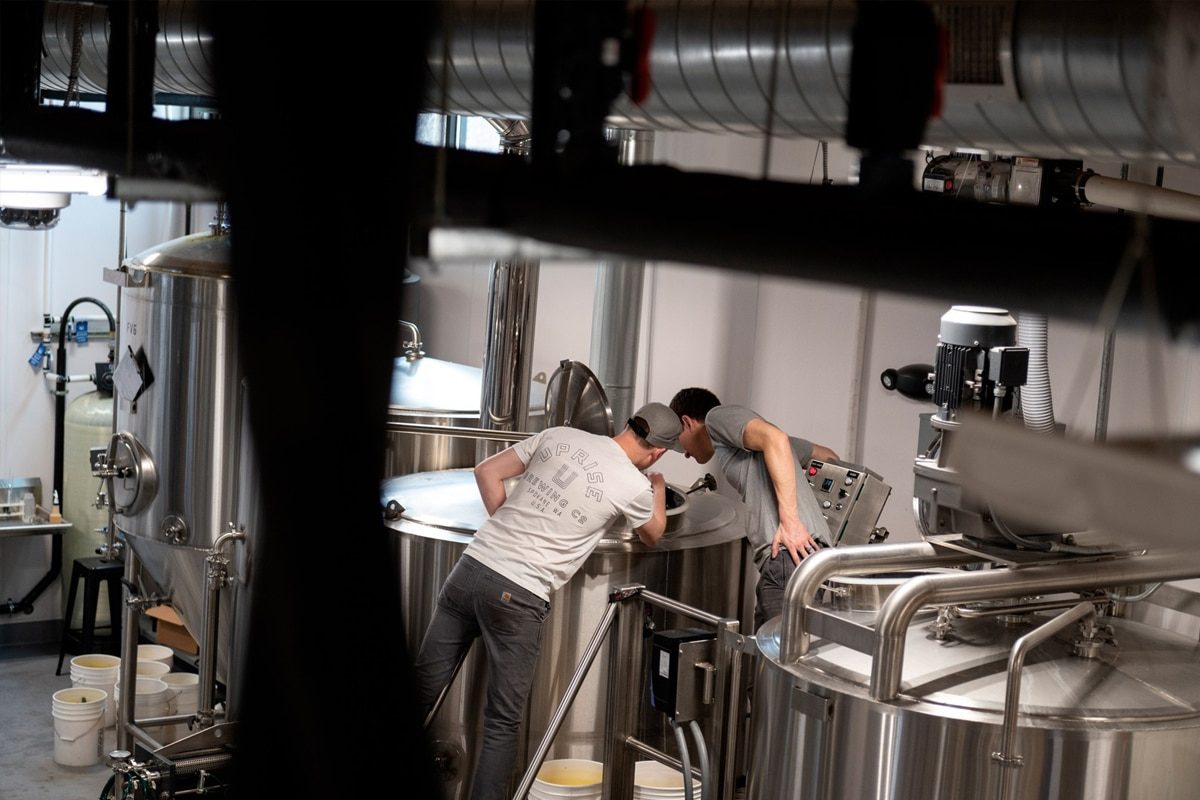
Summary
In the quest to unravel the mystery surrounding the influence of stainless steel on beer flavor, it becomes evident that scientific evidence overwhelmingly supports the notion that stainless steel has minimal impact on the taste of beer. Through rigorous research, including chemical analysis, sensory evaluation, long-term aging studies, and comparative brewing trials, stainless steel emerges as a reliable and inert material for brewing vessels. Its durability, cleanliness, and ability to maintain optimal brewing conditions make it a preferred choice among brewers seeking to preserve the purity and integrity of their beer.
Practical considerations such as material selection, sanitation practices, oxygen management, temperature control, and quality assurance further underscore the importance of stainless steel in ensuring consistent and exceptional beer quality. As brewers continue to innovate and refine their craft, stainless steel remains a steadfast ally in delivering a flavorful and enjoyable drinking experience for beer enthusiasts worldwide.
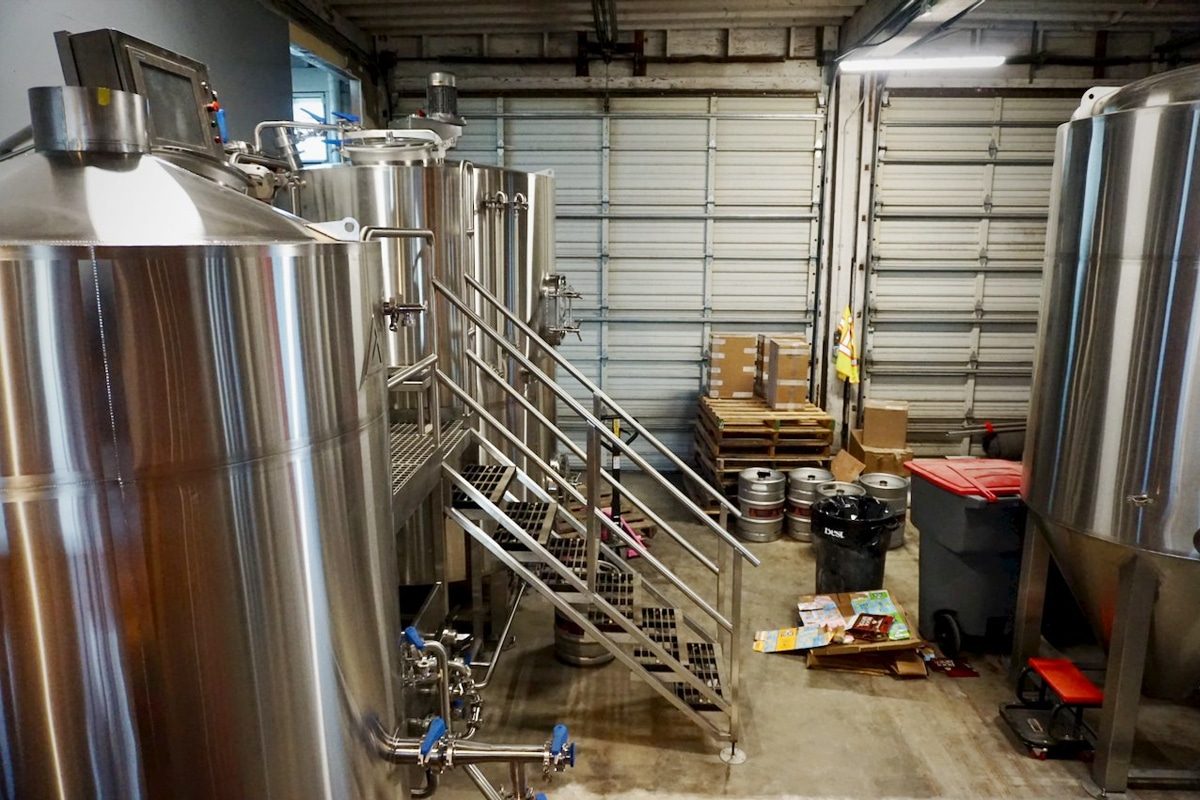
Get A Turnkey Brewery Solution
At ZYB Craft, we understand the importance of maintaining the integrity and purity of beer flavor throughout the brewing process. That’s why we offer comprehensive turnkey brewery solutions designed to meet the needs of brewers seeking excellence in every batch. Our state-of-the-art stainless steel brewing equipment is meticulously crafted to uphold the highest standards of quality, cleanliness, and durability.
With ZYB Craft’s turnkey brewery solutions, brewers can rest assured that their beer will maintain its intended flavor profile from grain to glass. From fermentation tanks and brewing kettles to kegs and serving vessels, our stainless steel equipment is engineered to deliver exceptional performance and reliability, ensuring consistent and high-quality beer production.
Whether you’re launching a new brewery or upgrading your existing equipment, ZYB Craft’s turnkey solutions provide everything you need to brew with confidence and precision. Trust in ZYB Craft to elevate your brewing experience and bring your vision to life with unmatched craftsmanship and expertise.



